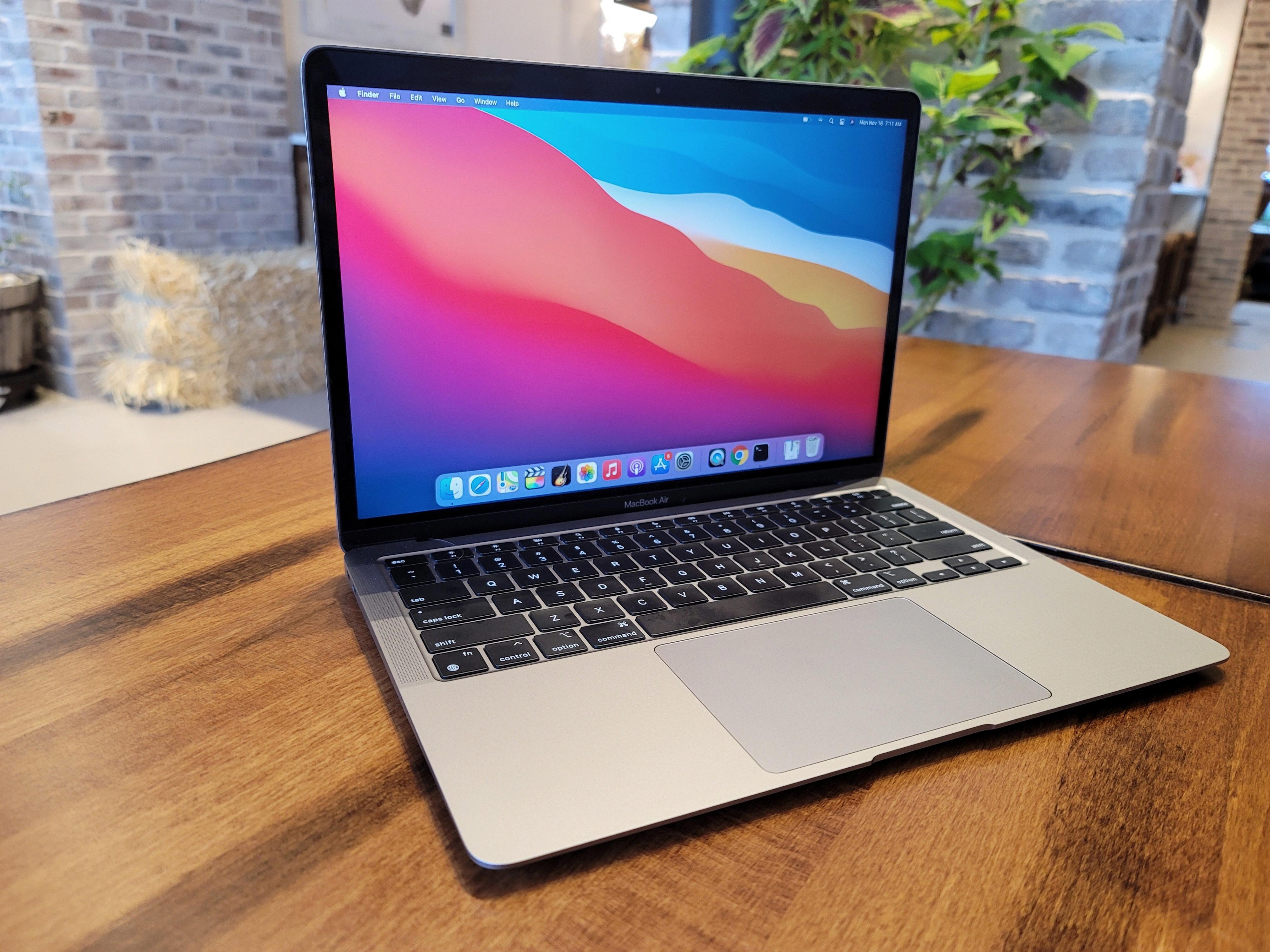Do you ever have trouble waking up your MacBook? That can be a real frustration, especially when you’re in the middle of working on something important. Fortunately, there are a few simple steps you can take to help get your MacBook up and running again.
First, take a look at your Energy Saver settings in System Preferences. To access this, open System Preferences from the Applications folder or the Dock, and then select Energy Saver. Click the Schedule button at the bottom of the page and make sure that Startup or Wake is checked. This will ensure that your MacBook wakes up when it’s scheduled to do so.
If your settings are already correct and you’re still having trouble waking up your MacBook, try a hard shutdown and restart. Press and hold down the power button for roughly six seconds until you are absolutely sure that the Mac has shut down. Wait a few seconds, then press the power button again and wait for the machine to boot up.
If this doesn’t work, there are several other troubleshooting steps you can take: resetting SMC (System Management Controller), resetting NVRAM (Non-Volatile Random Access Memory), booting into Safe Mode or running First Aid in macOS Recovery to check your Mac startup disk. Depending on what type of Mac computer you have, different steps may be needed to reset these settings correctly. You can find more detailed instructions for each step on Apple’s website or by searching online for solutions specific to your model Mac computer.
Finally, if none of these solutions work, it might be time to contact Apple Support or take your Mac to an Apple store for repair service if needed. Hopefully, these tips help get your Macbook back up and running soon!
Waking a Mac From Sleep Mode
To wake your Mac from sleep mode, you can do any of the following: press a key on the keyboard, click the mouse or trackpad, or open the display if you are using a Mac notebook computer. When your Mac is in sleep mode, it stops all tasks and enters a low-power state to save energy. To wake it up again, simply press a key on the keyboard or click the mouse or trackpad. On a Mac notebook computer, you can also open the display to wake your Mac from sleep.

Source: apple.com
Automatically Waking Up a Mac
To automatically wake up your Mac, open System Preferences from your Mac’s Dock, Applications folder, or Apple menu bar (? -> System Preferences…). Select Energy Saver in the preferences pane. Click the Schedule button at the bottom of the pane. Check the box next to Start up or Wake. Then choose a time and day for your Mac to turn on automatically. You can also set it to wake up for certain events, such as calendar alarms or network access. If you’d like to schedule multiple wake-up times, click “Add a Schedule” and repeat the steps above for each one.
Troubleshooting Mac Not Waking Up
There could be a few reasons why your Mac is not waking up. It could be due to a hardware issue, such as a failed power supply or faulty RAM; a software issue, such as an outdated operating system or corrupted files; or even an energy-saving setting that has been enabled. To troubleshoot the issue, you should first try hard shutting down and restarting your Mac. If that doesn’t work, you can reset System Management Controller (SMC) and Non-Volatile Random Access Memory (NVRAM), boot your Mac in Safe Mode, or run First Aid in macOS Recovery to check your Mac startup disk.
Troubleshooting Macs That Do Not Turn On After Sleep Mode
It’s possible that your Mac has gone into a deeper sleep mode and needs to be manually restarted. Press and hold down the power button for roughly six seconds until you are absolutely sure that the Mac has shut down. Wait a few seconds, then press the power button again and wait for the machine to boot up. If this doesn’t work, you may have an issue with your power supply or hardware components, so it’s best to take it to a technician for further evaluation.
Waking Up a Black Screen on a Mac
If you are having trouble waking up your Mac from a black screen, the following steps may help:
1. Make sure the power cable is securely connected and that the power outlet is working.
2. Try pressing the power button for 5 seconds to force a shutdown, then wait 15 seconds before pressing it again to restart your Mac.
3. If that doesn’t work, press Control + Command (the symbol with four loops) + Power/Eject/Touch ID button (depending on your model) to force restart your device.
4. If none of these steps work, try resetting the System Management Controller (SMC). To do this, shut down your Mac and then unplug the power cord and wait 15 seconds. Plug the power cord back in and wait another 5 seconds before pressing the power button to turn on your Mac again.
5. If all else fails, contact Apple Support for further assistance.
Waking Up a Mac After Sleep Mode
To turn your Mac back on after sleeping, you can press any keyboard button, move your mouse, or open the lid of your MacBook. This will wake up the computer from sleep mode and restore it to its previous state. To manage when your Mac goes to sleep, you can go to System Preferences > Energy Saver and adjust the settings for when the computer should go into sleep mode.
Forcing a Mac to Start Up
To force a Mac to start up, press and hold the power button on your Mac for about 10 seconds (or press and hold the Touch ID button for laptops with Touch ID). Releasing the button will cause your Mac to start up. If this doesn’t work, you may need to reset the System Management Controller (SMC). To do this, shut down your Mac, then press and hold Shift + Control + Option + Power buttons together for 10 seconds. Release all keys and then turn on your Mac as usual. If this still doesn’t work, you may need to contact Apple Support.
The Causes of Slow Mac Wake-Up Times
It’s common for Macs to take a while to wake up from sleep, and this is largely due to the process of copying the contents of the sleep image file back into RAM. The more RAM your Mac has, the longer this process can take. Additionally, if there are any programs running in the background before you put your Mac to sleep, it can also add to the time it takes for your Mac to wake up. To speed up the process, try closing any open applications before you put your Mac into sleep mode.
Conclusion
In conclusion, waking up a Macbook can be done in several ways, including pressing a key on the keyboard or clicking the mouse or trackpad. If that does not work, you may need to reset your SMC, and NVRAM, boot in Safe Mode, or run First Aid in macOS Recovery. You may also need to perform a hard shutdown and restart of your Mac. If all else fails, you can always force restart the Mac by pressing and holding down the power button for about 6 seconds until it shuts down, then pressing it again to boot up.








